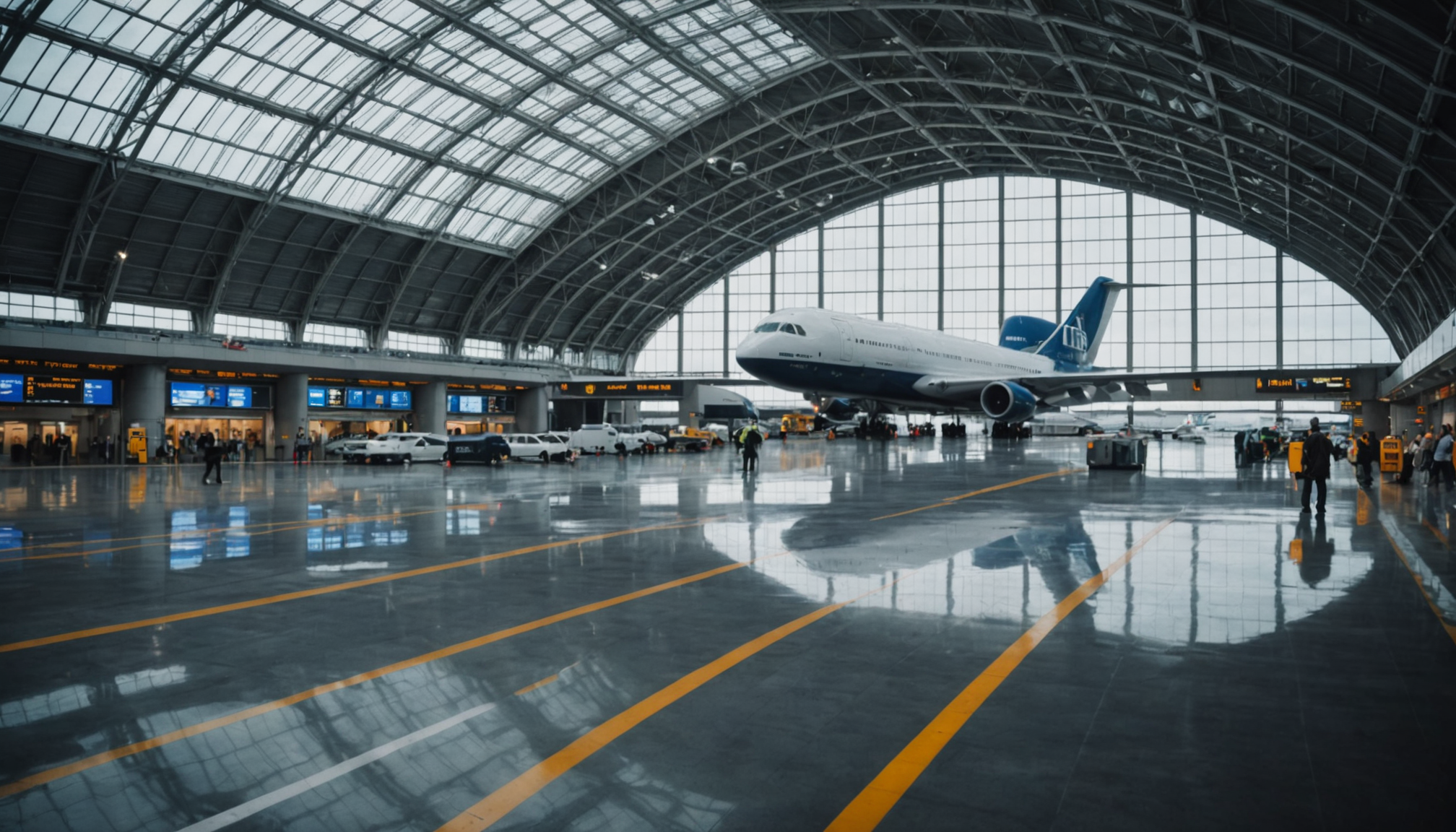
Kansai International Airport: Engineering Challenges and Sustainable Development Goals
Introduction
Japan’s Kansai International Airport, constructed on two manmade islands in Osaka Bay, was once celebrated as an engineering marvel. However, the airport is currently facing a significant challenge: it is sinking into the sea at a rate faster than initially projected. This issue raises critical concerns regarding the airport’s long-term sustainability and resilience, directly relating to multiple Sustainable Development Goals (SDGs), including SDG 9 (Industry, Innovation and Infrastructure), SDG 11 (Sustainable Cities and Communities), and SDG 13 (Climate Action).
Subsidence and Structural Challenges
- Initial Projections vs. Reality
- Engineers originally estimated a subsidence of approximately 13 feet over 50 years.
- Since construction began in 1987, the airport has already sunk more than 42 feet, exceeding expectations.
- Foundation Issues
- The airport was built on soft alluvial clay, which compresses under the weight of the artificial islands.
- Despite the use of sand drains and reinforcements, the land began settling faster than anticipated, even before the airport opened in 1994.
- Subsidence Rate Over Time
- During construction, the land sank 27 feet in three years.
- Advanced reinforcement techniques have reduced the annual subsidence rate to 2.3 inches by 2023.
- Engineers warn that parts of the airport could fall below sea level by 2056 if the trend continues.
Operational Impact and Climate Risks
- Kansai International Airport handles nearly 26 million passengers annually and was recognized as the world’s best airport for luggage handling in 2024, reflecting its operational excellence (SDG 8: Decent Work and Economic Growth).
- In 2018, Typhoon Jebi caused flooding of runways and damaged the bridge connecting the airport to the mainland, stranding thousands of passengers.
- In response, authorities raised the seawall by 2.7 meters and invested approximately £112 million in reinforcements to enhance resilience (SDG 9 and SDG 13).
- Despite these efforts, concerns remain regarding the impact of climate change, rising sea levels, and seismic activity on the airport’s future stability.
Significance to Sustainable Development Goals
- SDG 9: Industry, Innovation and Infrastructure
- Kansai Airport represents a landmark in innovative infrastructure development on reclaimed land.
- Ongoing engineering efforts to manage subsidence demonstrate commitment to resilient infrastructure.
- SDG 11: Sustainable Cities and Communities
- The airport was designed to alleviate congestion and reduce urban disruption, promoting sustainable urban development.
- Maintaining airport operations supports community connectivity and economic vitality.
- SDG 13: Climate Action
- Rising sea levels and extreme weather events linked to climate change pose ongoing risks.
- Investment in adaptive infrastructure such as seawall reinforcement aligns with climate resilience strategies.
Conclusion
Kansai International Airport’s experience underscores the complex interplay between human engineering and natural forces. While it continues to serve millions of passengers and exemplify innovation, the challenges posed by subsidence and climate change highlight the need for sustainable, adaptive infrastructure solutions. Addressing these challenges is essential to achieving the Sustainable Development Goals related to infrastructure, urban sustainability, and climate resilience.
1. Sustainable Development Goals (SDGs) Addressed or Connected
- SDG 9: Industry, Innovation and Infrastructure
- Focus on building resilient infrastructure and fostering innovation, relevant to Kansai Airport’s engineering challenges and reinforcements.
- SDG 11: Sustainable Cities and Communities
- Relates to making cities and human settlements inclusive, safe, resilient, and sustainable, especially concerning urban infrastructure like airports.
- SDG 13: Climate Action
- Addresses climate change impacts such as rising sea levels and natural disasters that threaten Kansai Airport’s sustainability.
- SDG 14: Life Below Water
- Concerns about the airport sinking into the sea and its impact on marine ecosystems.
2. Specific Targets Under Those SDGs
- SDG 9: Industry, Innovation and Infrastructure
- Target 9.1: Develop quality, reliable, sustainable and resilient infrastructure, including regional and transborder infrastructure.
- Target 9.4: Upgrade infrastructure and retrofit industries to make them sustainable, with increased resource-use efficiency.
- SDG 11: Sustainable Cities and Communities
- Target 11.5: Significantly reduce the number of deaths and the number of people affected by disasters, including water-related disasters.
- Target 11.B: Increase the number of cities adopting and implementing integrated policies and plans towards inclusion, resource efficiency, and disaster risk reduction.
- SDG 13: Climate Action
- Target 13.1: Strengthen resilience and adaptive capacity to climate-related hazards and natural disasters.
- Target 13.3: Improve education, awareness-raising and human and institutional capacity on climate change mitigation, adaptation, impact reduction, and early warning.
- SDG 14: Life Below Water
- Target 14.2: Sustainably manage and protect marine and coastal ecosystems to avoid significant adverse impacts.
3. Indicators Mentioned or Implied to Measure Progress
- Subsidence Rate (inches per year)
- Measured sinking of the airport land (e.g., 2.8 inches per year in 2008, 2.3 inches in 2023) indicates infrastructure resilience and risk.
- Flooding Incidents and Damage Reports
- Typhoon Jebi’s flooding and damage to infrastructure serve as indicators of vulnerability to climate-related disasters.
- Investment in Reinforcements (£112 million)
- Financial inputs into infrastructure upgrades reflect efforts to meet sustainability and resilience targets.
- Passenger Numbers (26 million annually)
- Operational capacity and usage can indicate the airport’s functional sustainability amid environmental challenges.
- Sea Level Projections and Risk Assessments
- Predictions of parts of the airport falling below sea level by 2056 highlight climate risk and adaptive capacity.
4. Table of SDGs, Targets, and Indicators
| SDGs | Targets | Indicators |
|---|---|---|
| SDG 9: Industry, Innovation and Infrastructure |
|
|
| SDG 11: Sustainable Cities and Communities |
|
|
| SDG 13: Climate Action |
|
|
| SDG 14: Life Below Water |
|
|
Source: m.economictimes.com







